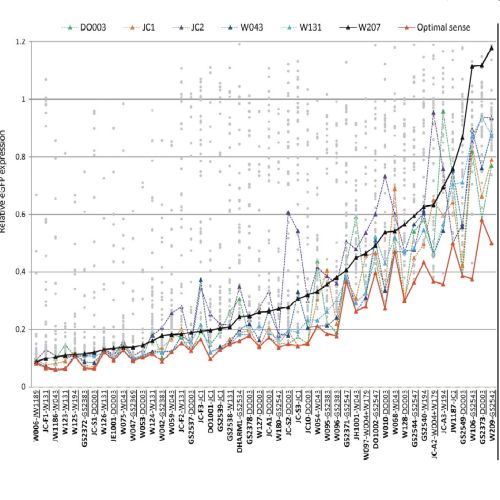A large-scale chemical modification screen identifies design rules to generate siRNAs with high activity, high stability and low toxicity.
The use of chemically synthesized short interfering RNAs (siRNAs) is currently the method of choice to manipulate gene expression in mammalian cell culture, yet improvements of siRNA design is expectably required for successful application in vivo. Several studies have aimed at improving siRNA performance through the introduction of chemical modifications but a direct comparison of these results is difficult. We have directly compared the effect of 21 types of chemical modifications on siRNA activity and toxicity in a total of 2160 siRNA duplexes. We demonstrate that siRNA activity is primarily enhanced by favouring the incorporation of the intended antisense strand during RNA-induced silencing complex (RISC) loading by modulation of siRNA thermodynamic asymmetry and engineering of siRNA 3'-overhangs. Collectively, our results provide unique insights into the tolerance for chemical modifications and provide a simple guide to successful chemical modification of siRNAs with improved activity, stability and low toxicity.

- Nucleic Acids Res. 2009 May 12;37(9):2867-81
- 2009
- Imaging Technologies Development
- 19282453
- PubMed
Enabled by:
